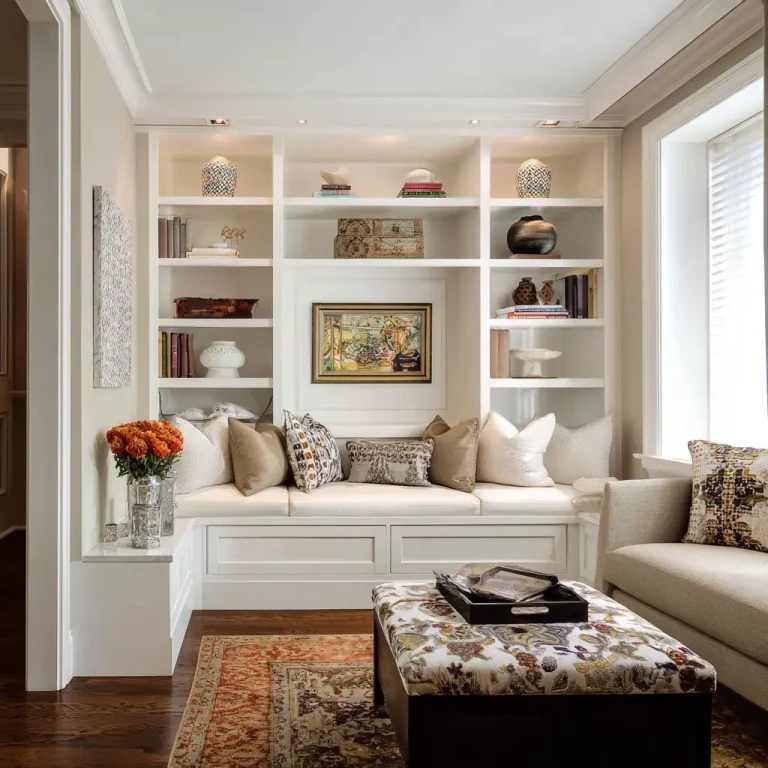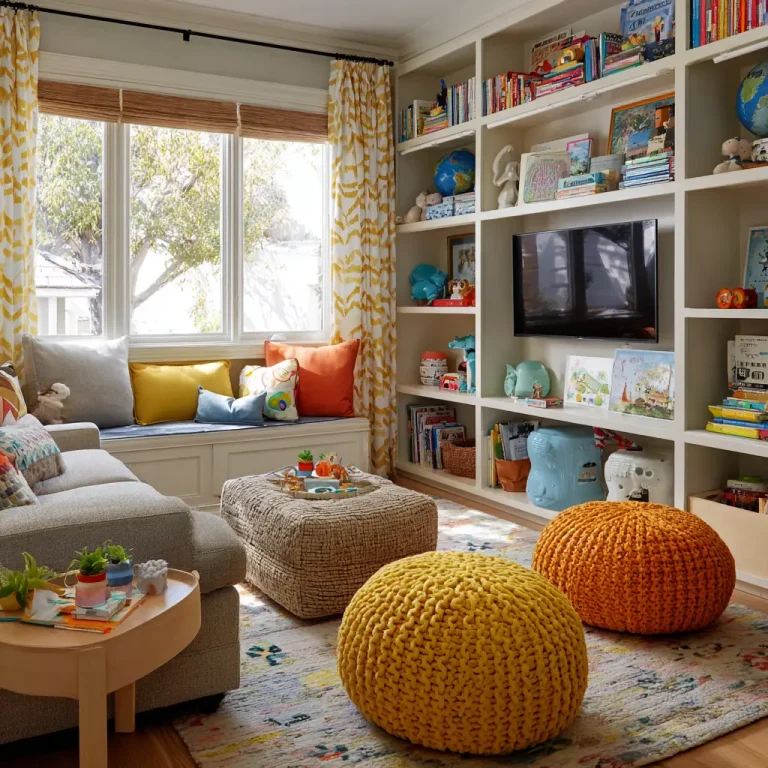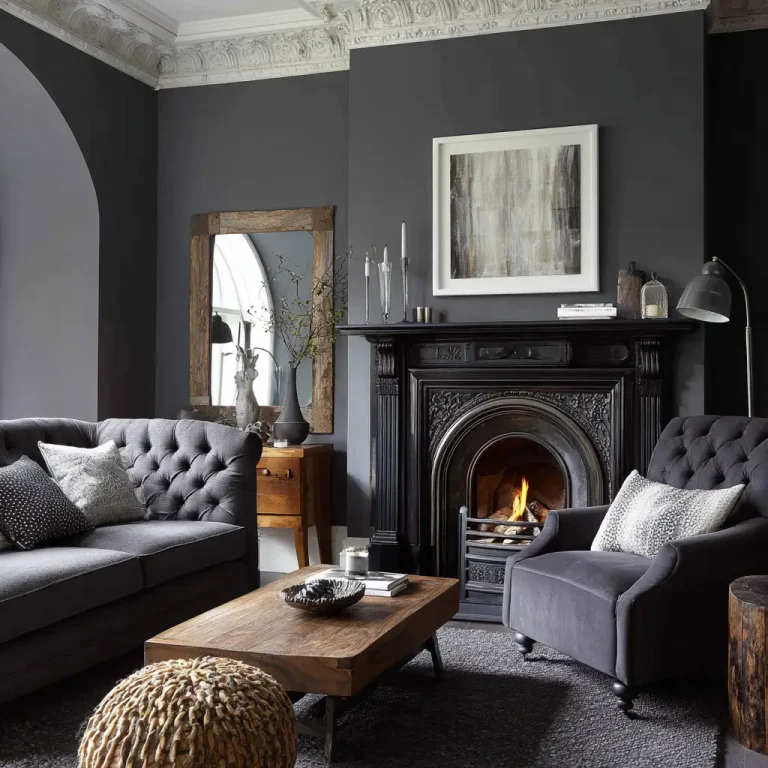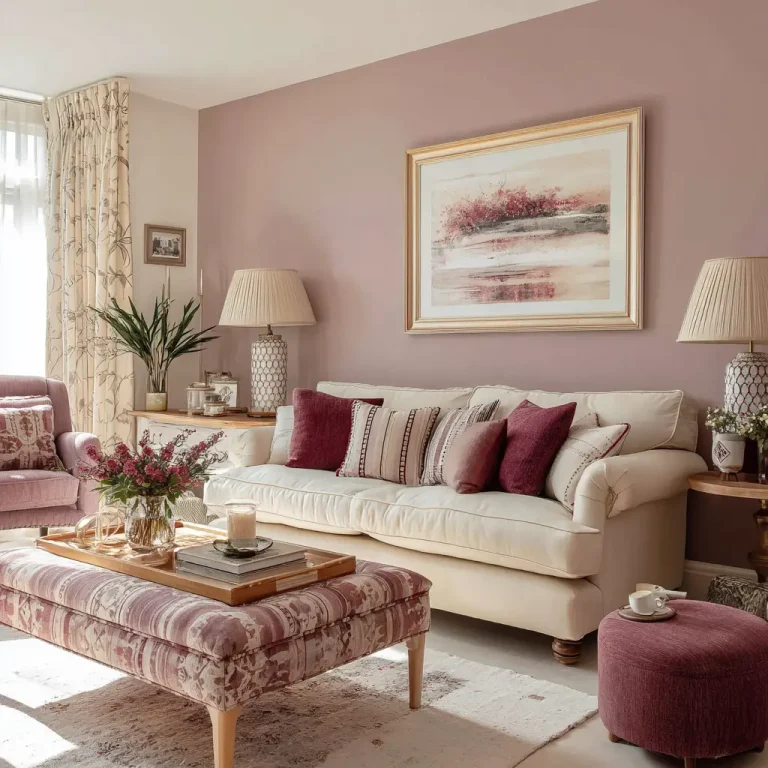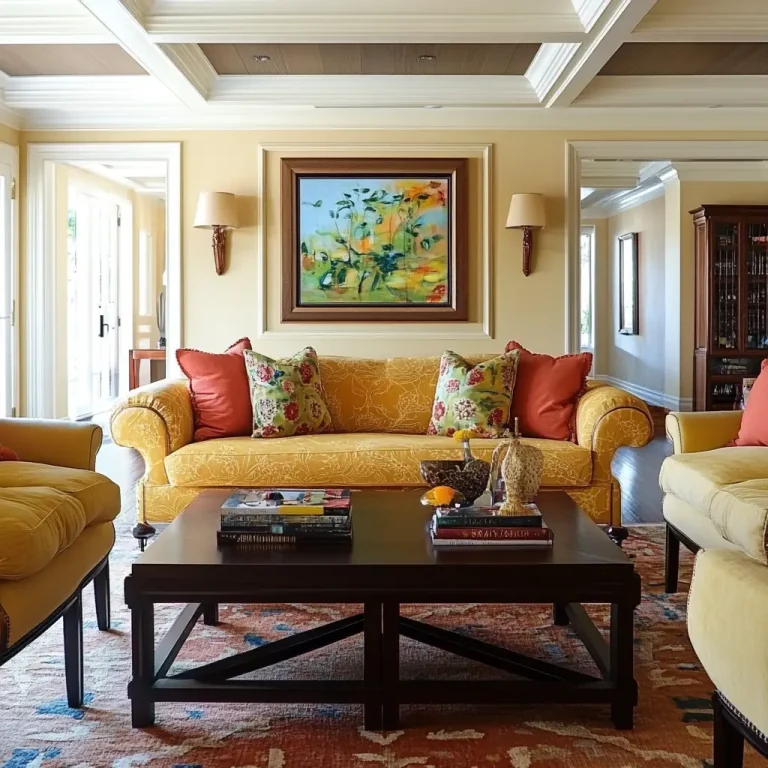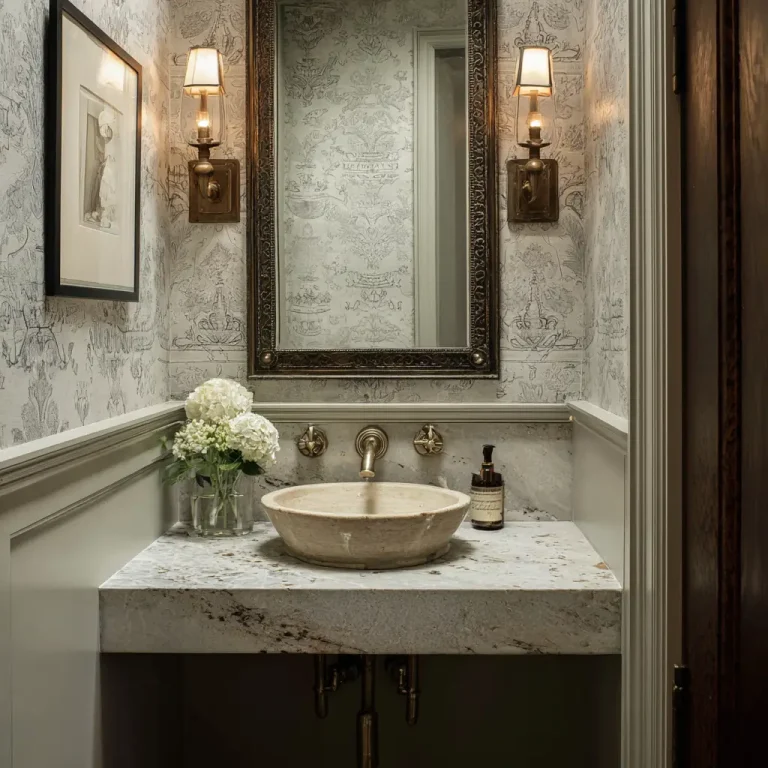25 Small Sitting Room Ideas to Maximize Comfort and Style
Creating a stylish and welcoming sitting room in a small space doesn’t have to be limiting. With the right approach, you can craft a cozy area that feels open, functions well, and showcases your personality. Here are 25 small sitting room ideas that blend practicality with charm.
1. Use Light Colors
Choosing light and airy colors can immediately make a small room feel more open and inviting. Shades like soft white, beige, or pale gray reflect natural light, giving the illusion of more space. These hues also create a calming backdrop that works well with any décor style.
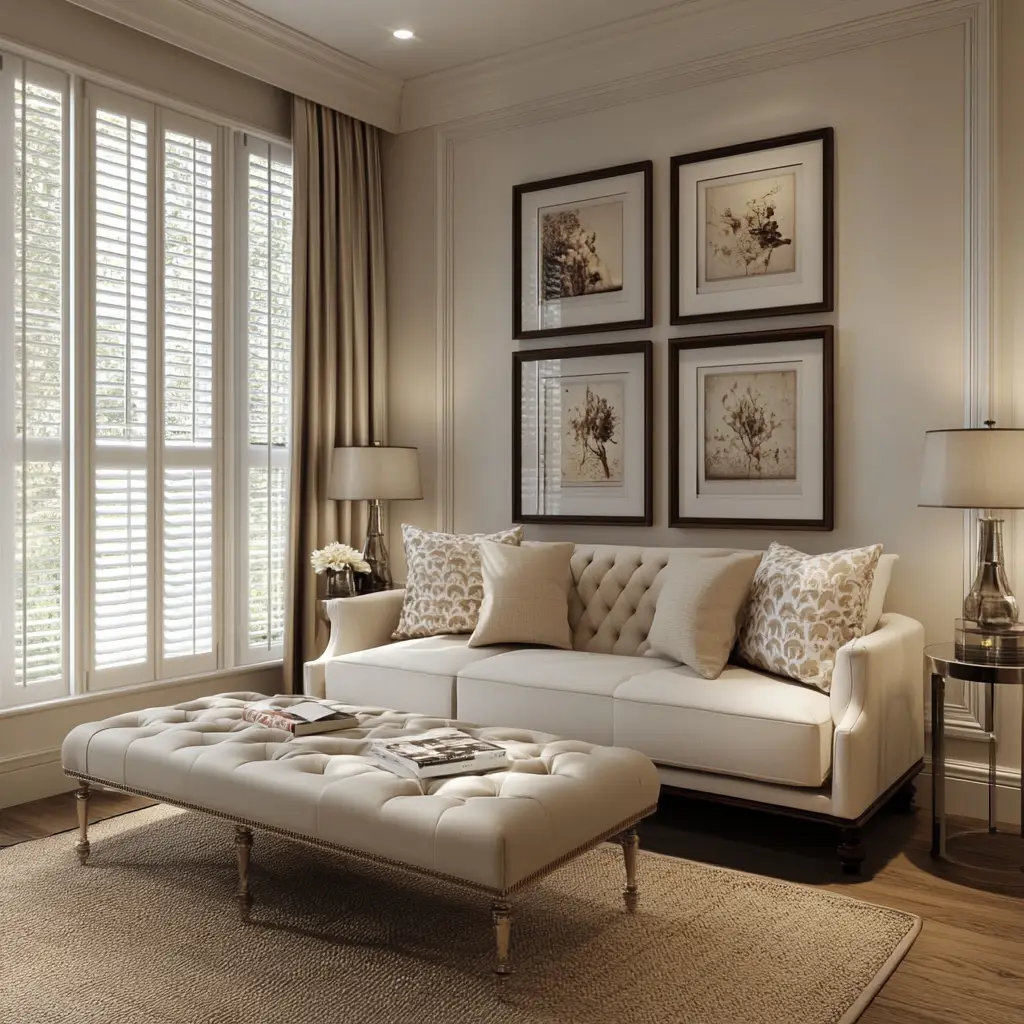
2. Incorporate Mirrors
Mirrors are a designer’s secret weapon in small spaces. They bounce light around the room and make it appear larger than it actually is. A large wall mirror or even a series of smaller decorative mirrors can add depth without cluttering the space.
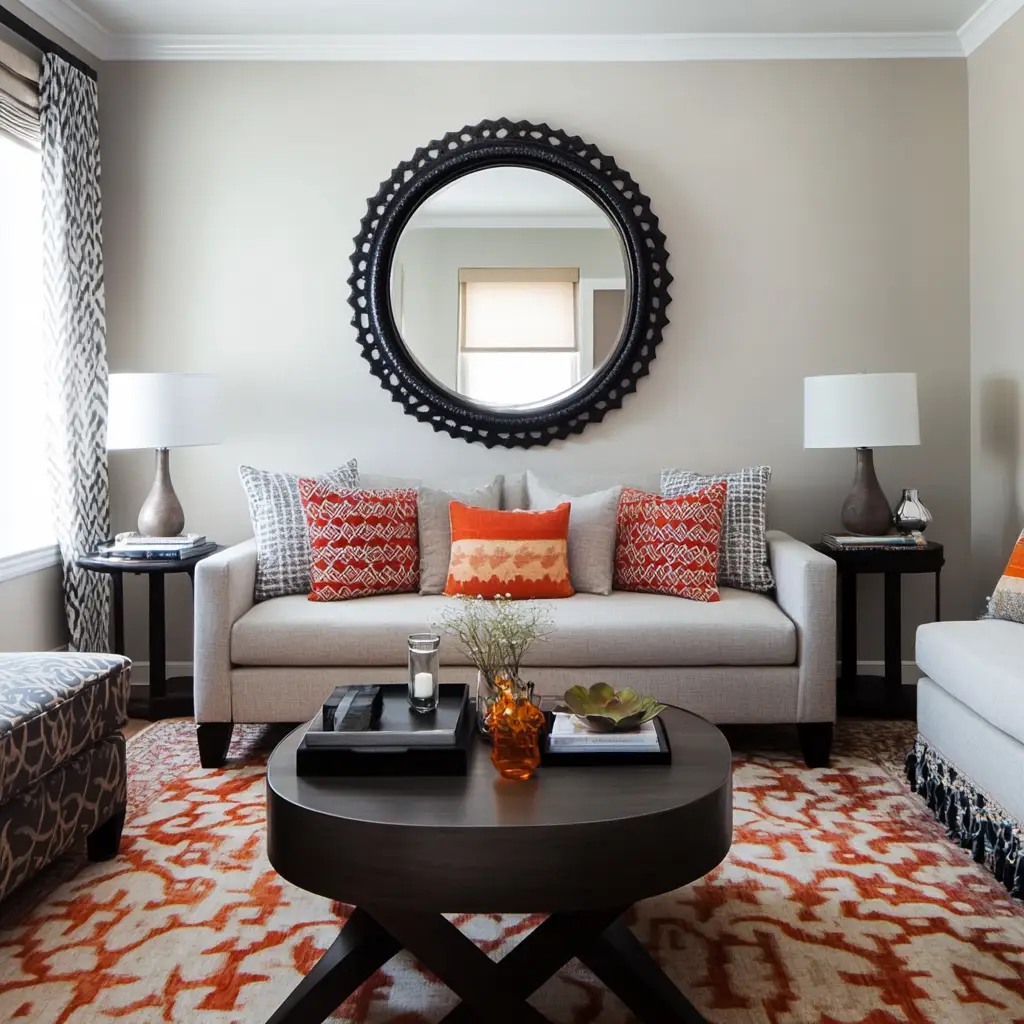
3. Choose Multipurpose Furniture
Every piece of furniture in a small sitting room should earn its place. Look for items that serve dual purposes—like a coffee table with hidden storage, a sofa bed, or a bench that opens to hold blankets. These practical solutions keep the room tidy while maximizing its function.
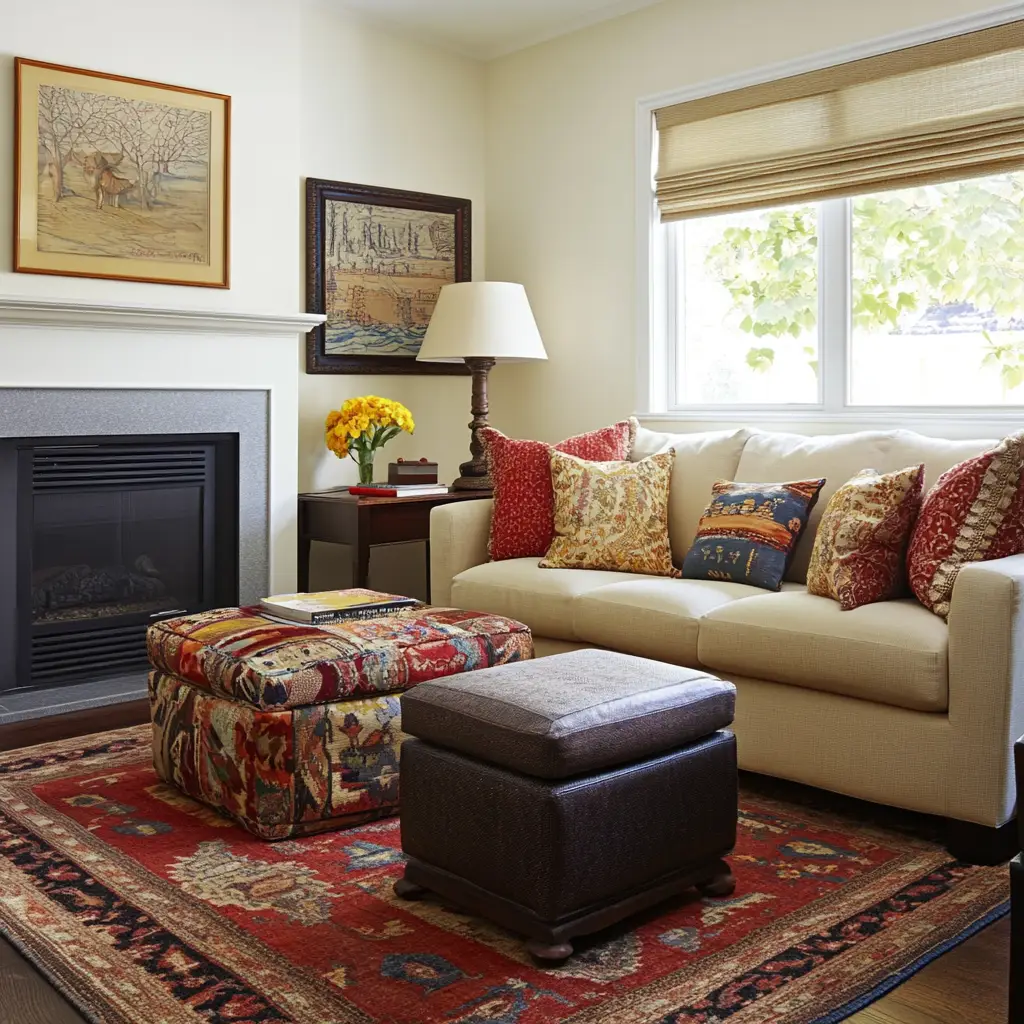
4. Embrace Vertical Space
When floor space is limited, look up. Vertical storage solutions like tall bookshelves, ladder-style racks, or wall-mounted units take advantage of unused height. Hanging plants or artwork higher on the wall can also draw the eye upward, making the room feel taller.
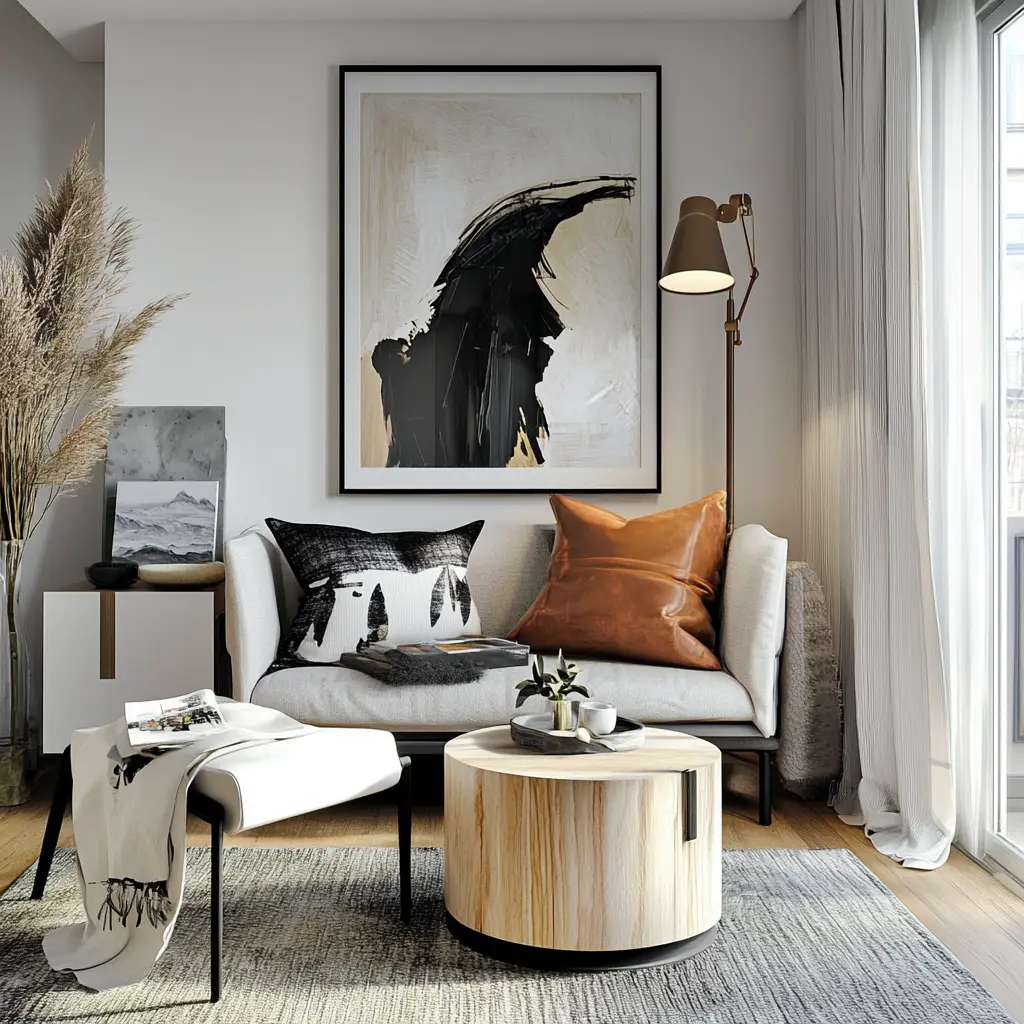
5. Go for a Loveseat Instead of a Sofa
Large sofas can overpower a small room. A loveseat offers comfortable seating for two while taking up much less room. Choose one with clean lines and raised legs to help the space feel lighter and more open.
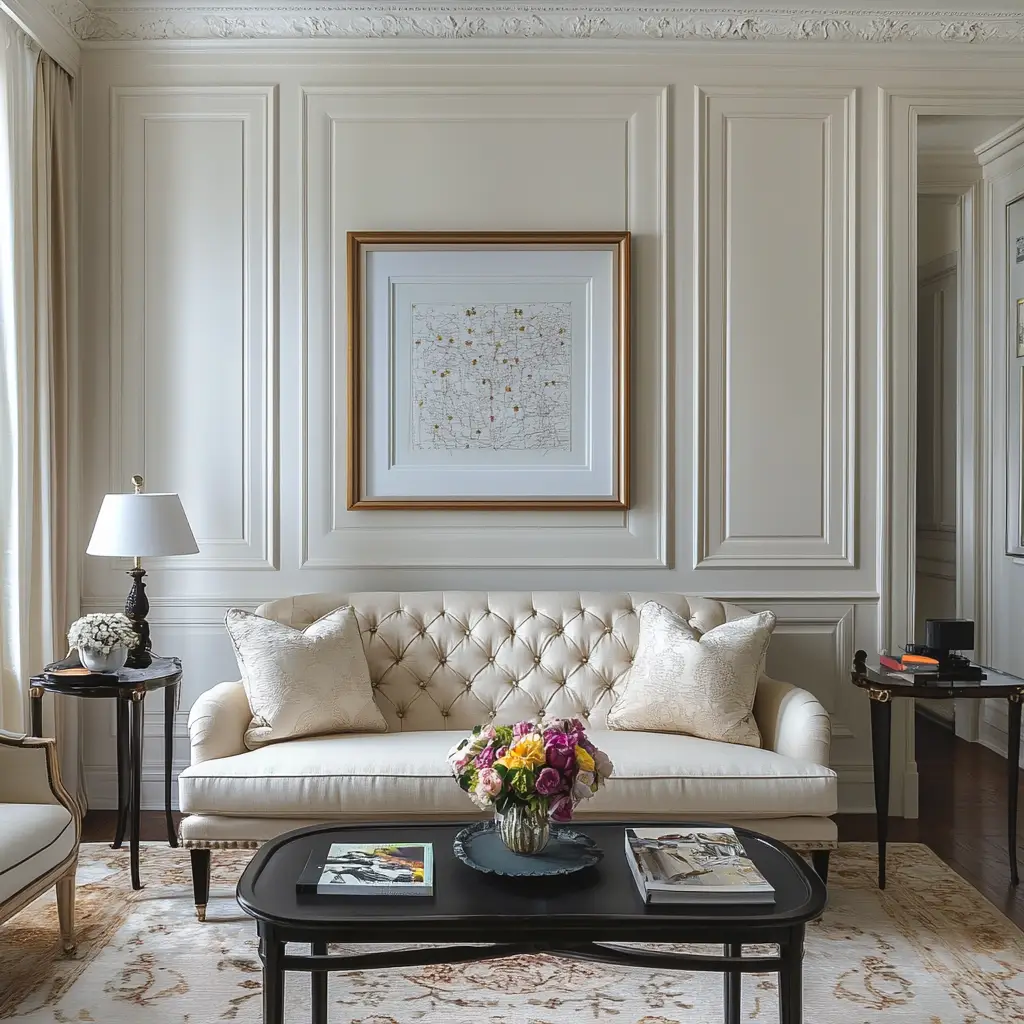
6. Use Rugs to Define Space
A well-placed rug can visually anchor a sitting area, helping to define the space in an open-plan home or studio. In a small room, choose a rug that’s large enough to fit all major furniture pieces or at least the front legs of seating furniture to create a unified look.
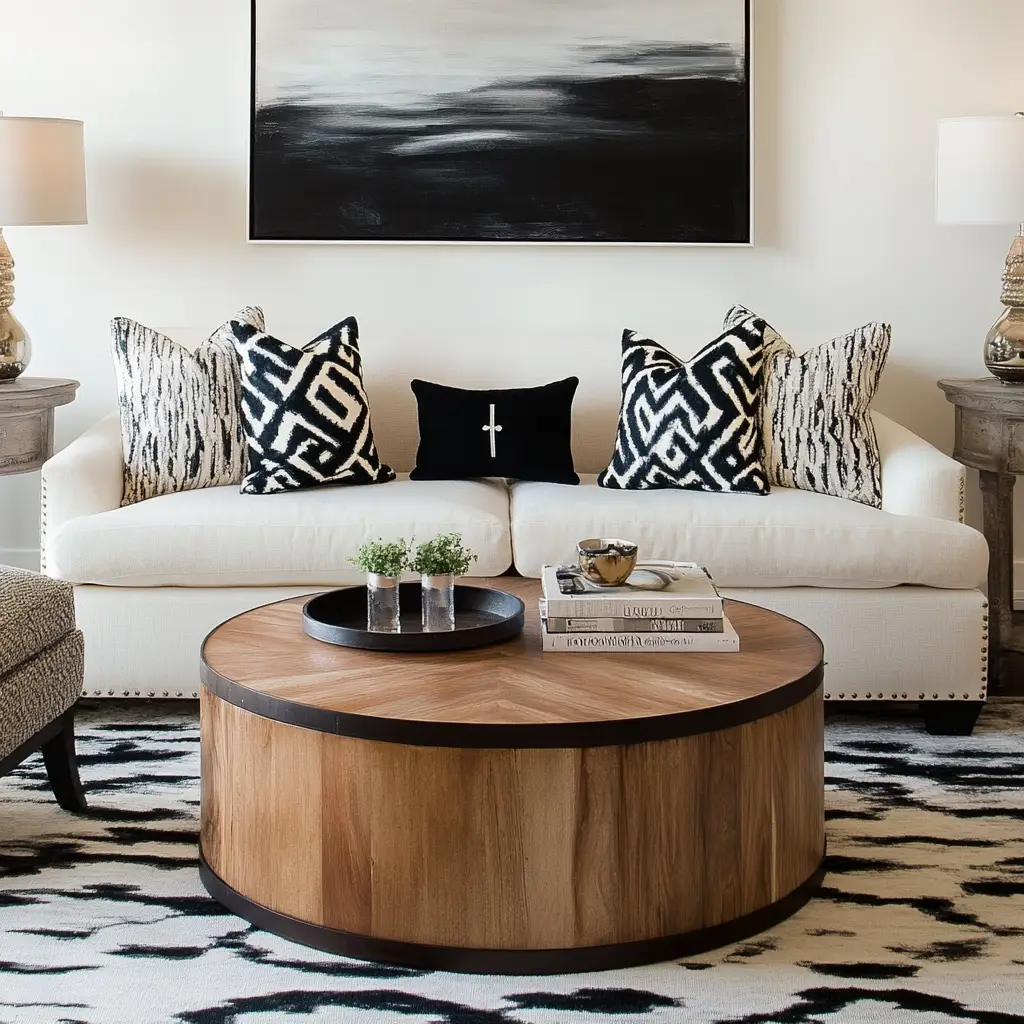
7. Try Floating Shelves
Floating shelves are sleek, modern, and incredibly functional. They provide storage without taking up floor space and can be used to display books, plants, or decorative objects. Because they don’t have visible brackets or supports, they give a clean and minimalist look.
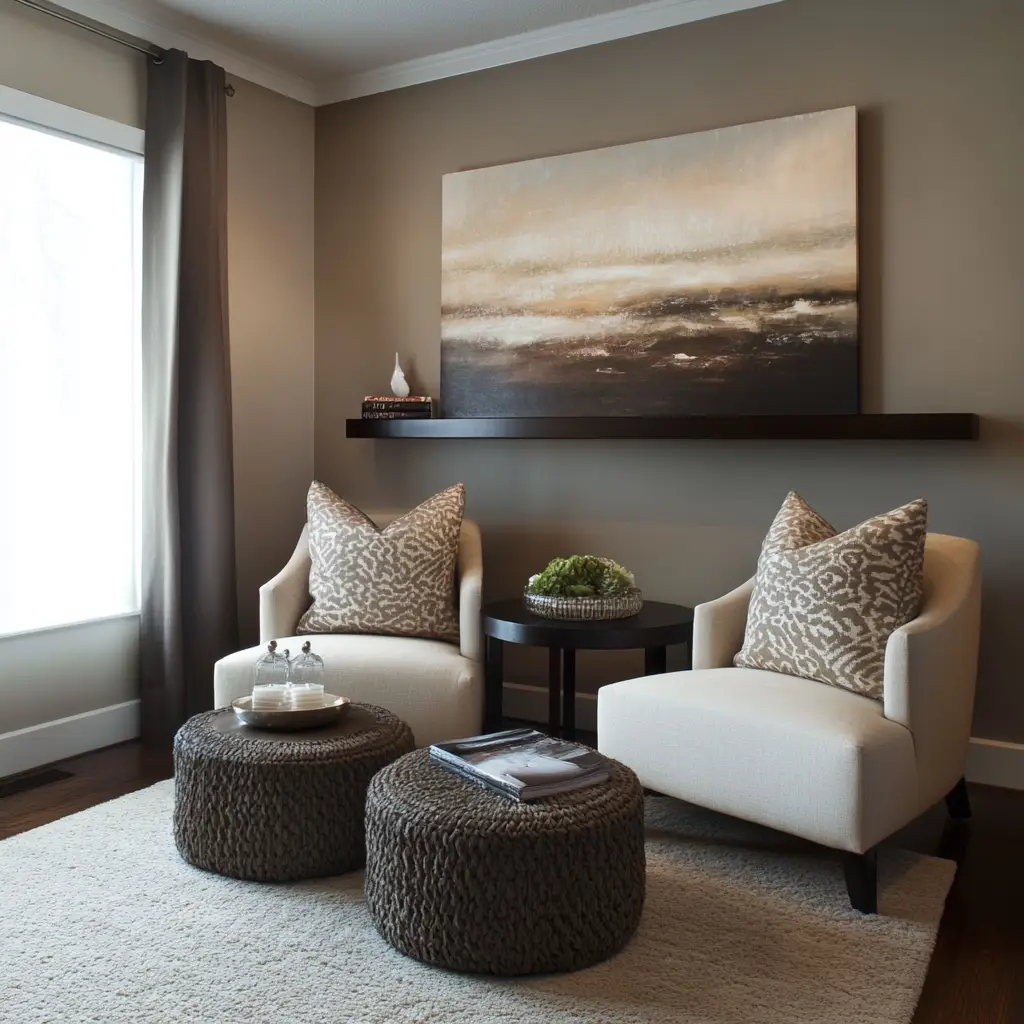
8. Keep Window Treatments Light
Heavy drapes can weigh a room down and block natural light. Opt for light, breezy curtains in linen or cotton, or even leave windows bare if privacy isn’t an issue. Letting in more daylight can make the space feel significantly larger.
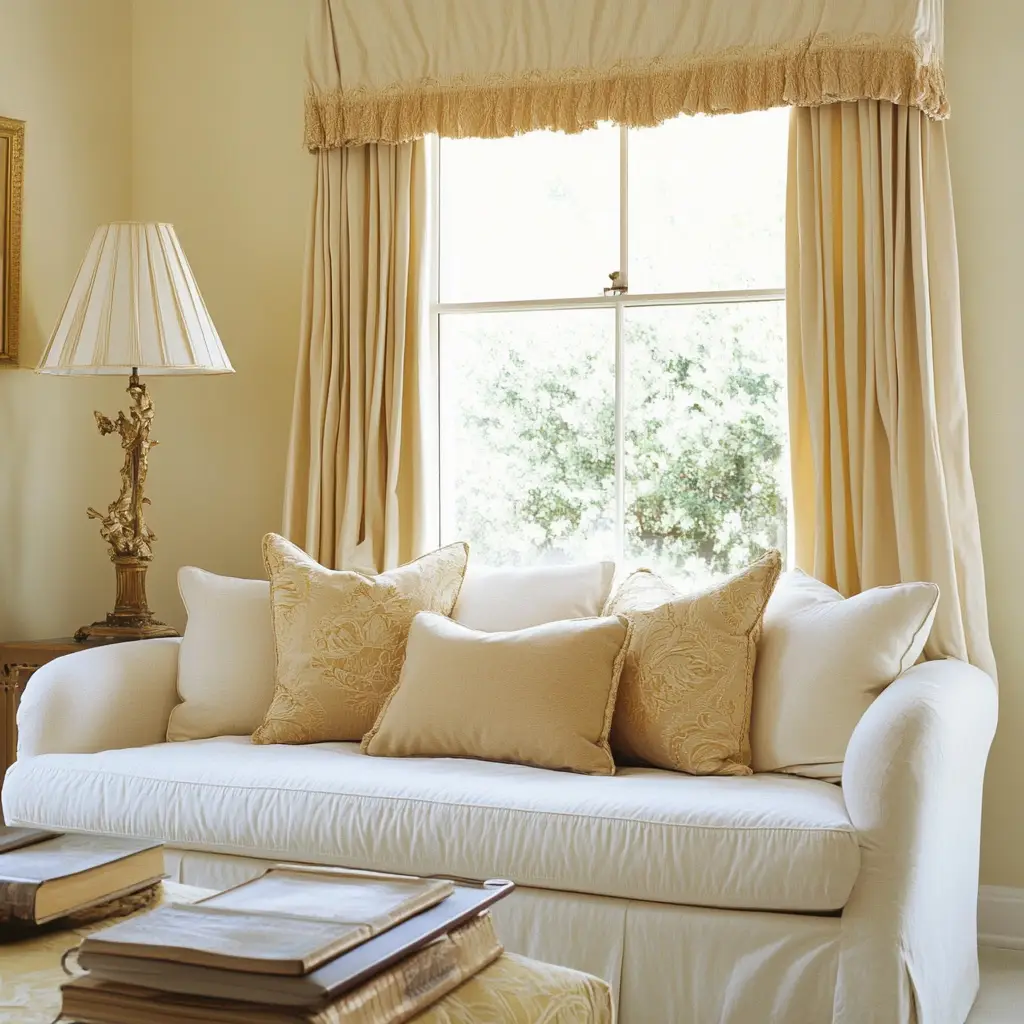
9. Mount Your TV
Mounting your television on the wall clears valuable surface space and gives the room a more streamlined look. Pair it with a slim, wall-mounted media console or floating shelf to store remotes and accessories.
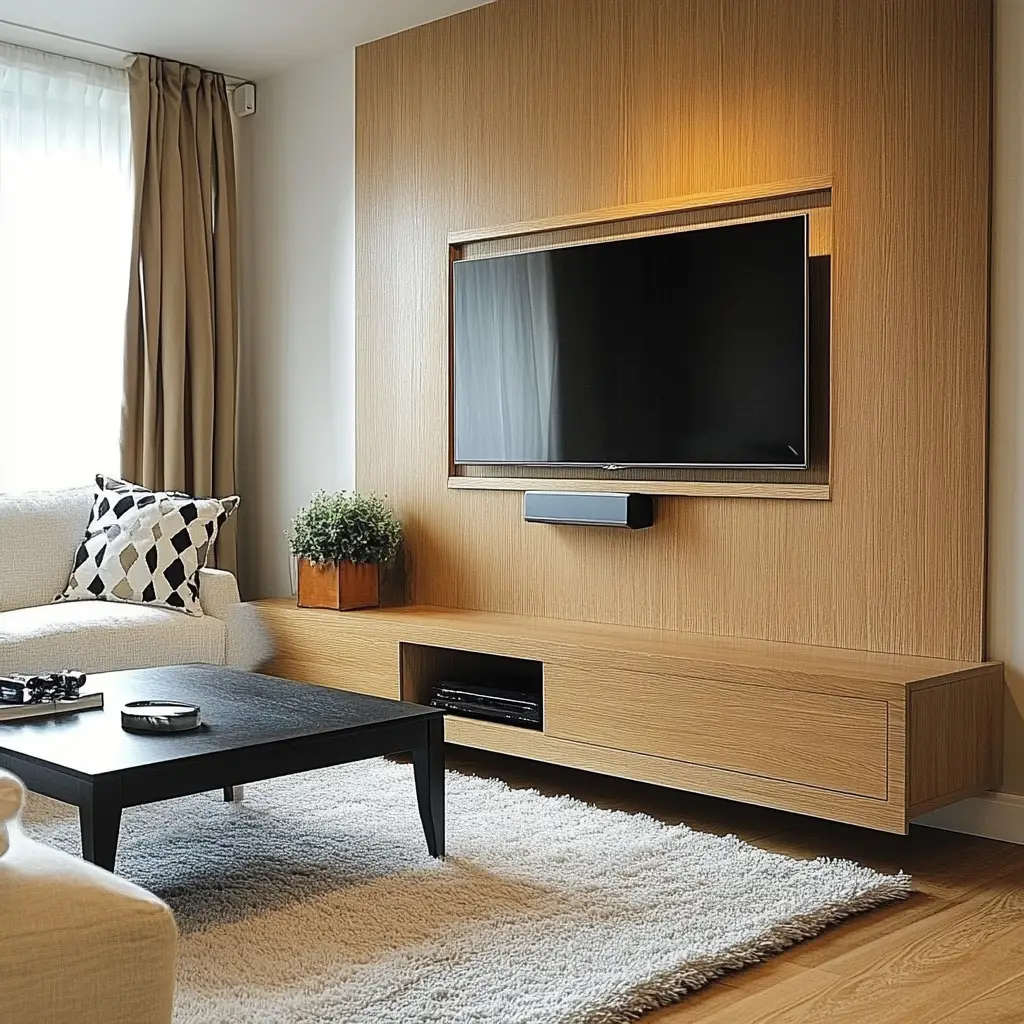
10. Stick to a Cohesive Color Palette
Too many contrasting colors can make a small room feel disjointed. Choose a cohesive palette—think two or three main colors—and use variations in tone and texture to add depth. This consistency helps tie the room together visually.
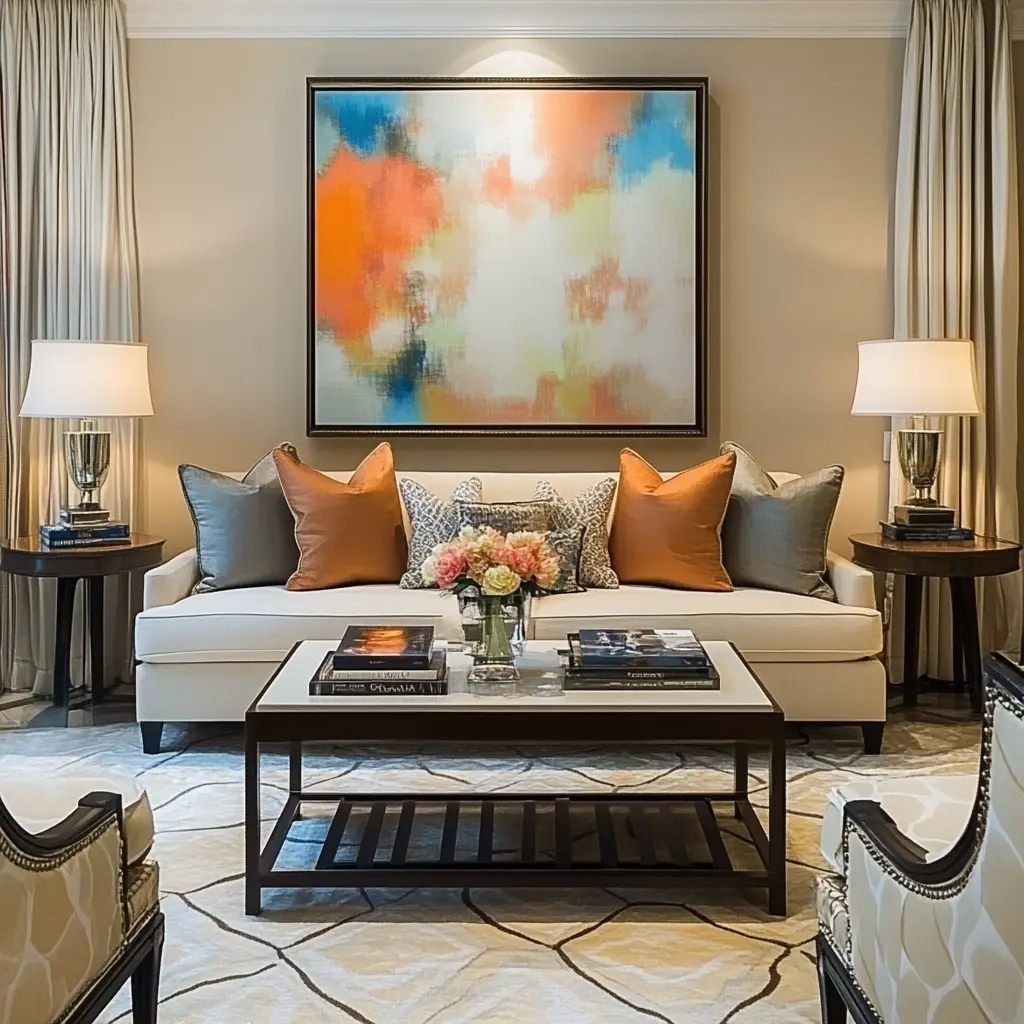
11. Add a Statement Piece
One standout piece—like a bold piece of artwork, a colorful armchair, or a unique light fixture—can give your small sitting room character and focus. Just be careful not to overdo it. One or two standout pieces are enough to elevate the space without overwhelming it.
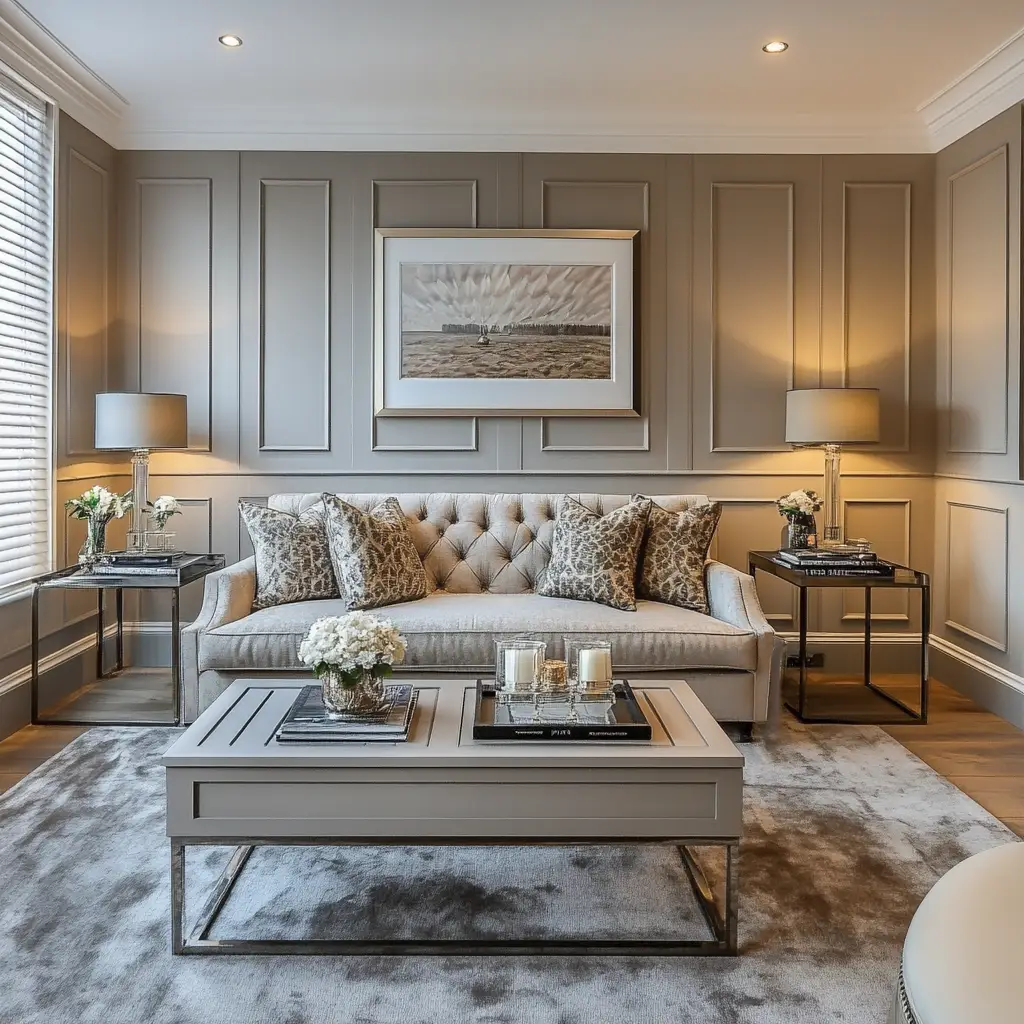
12. Go Minimal on Decor
In a small room, it’s important to edit down your decor. Choose just a few meaningful or visually light items rather than crowding shelves and surfaces. Minimal decor not only makes the room feel more spacious, but it also helps maintain a sense of calm.
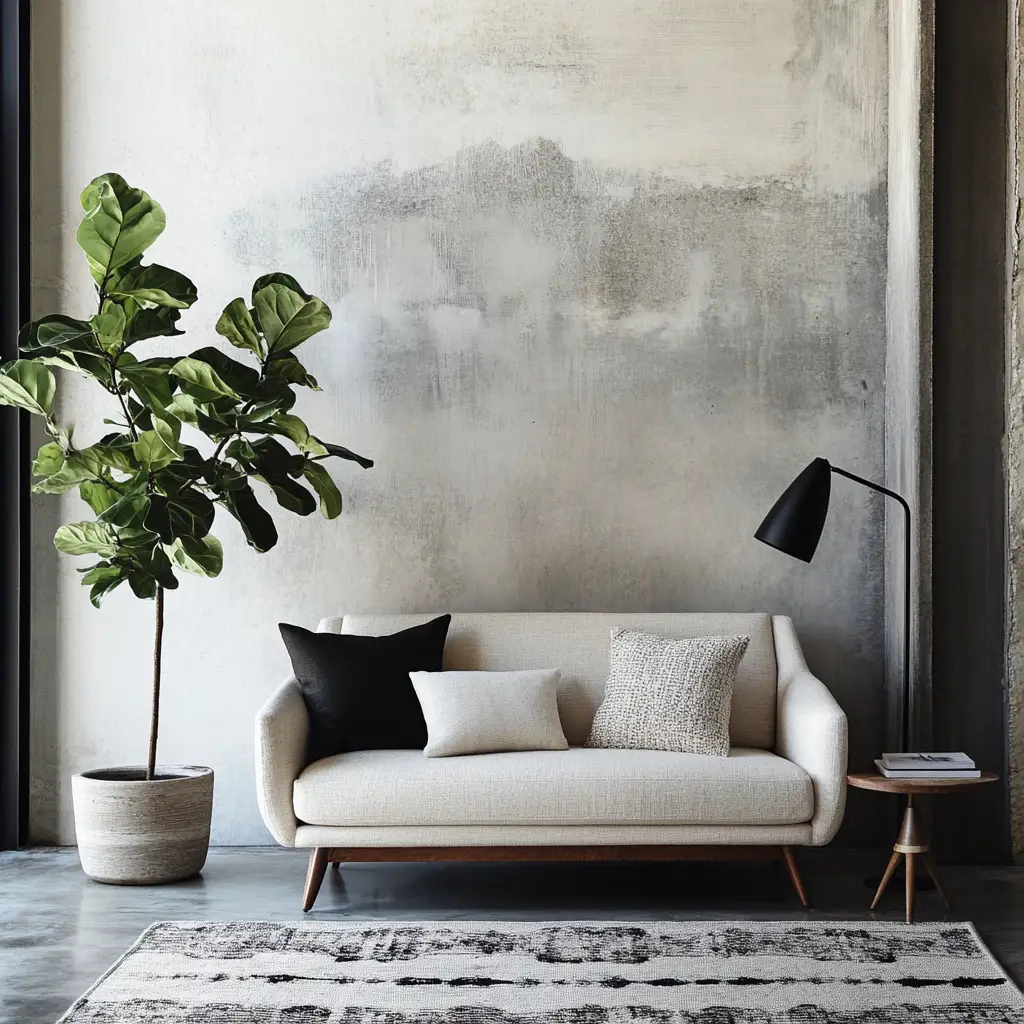
13. Use Transparent Furniture
Lucite, glass, or acrylic furniture pieces are great for small rooms because they’re functional without visually cluttering the space. A clear coffee table or ghost chair blends into the background, helping the room feel more open.
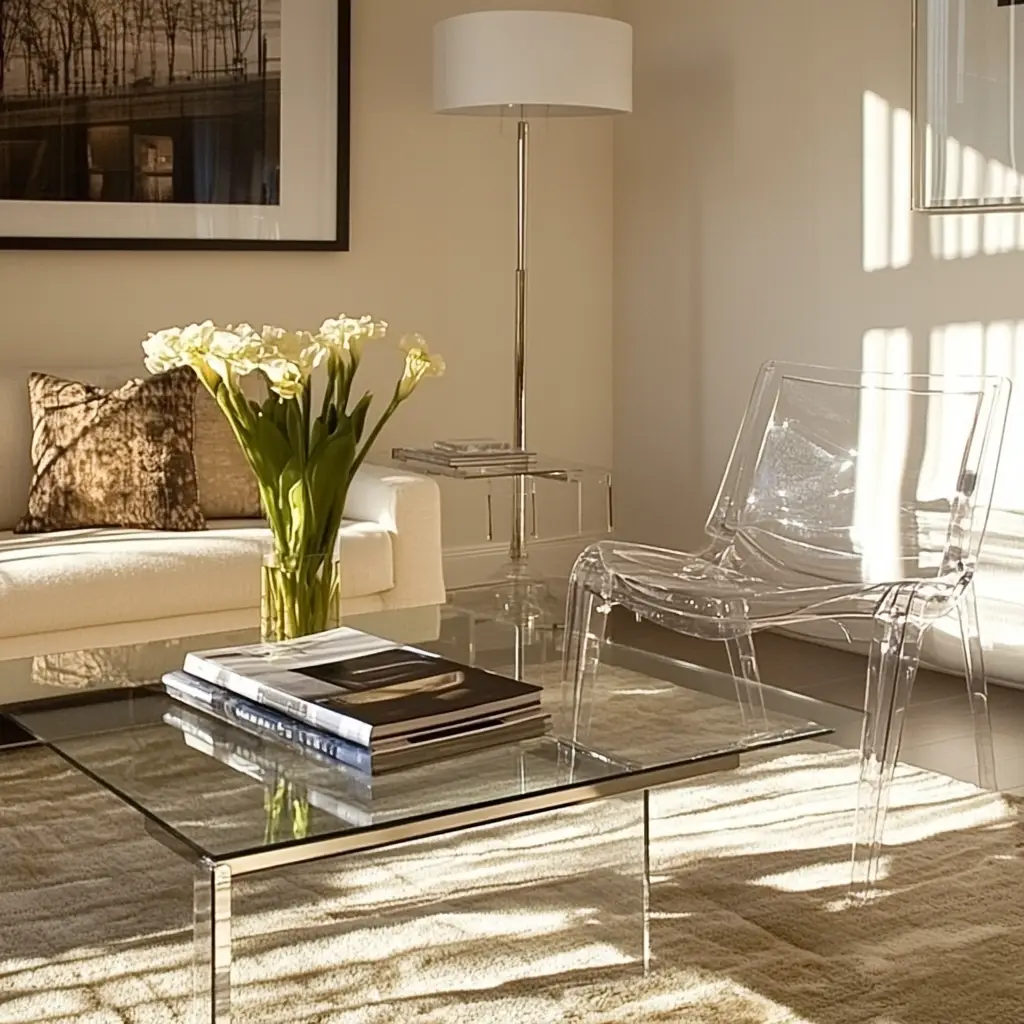
14. Try Built-in Storage
If you’re doing a remodel or have some DIY skills, built-in storage can dramatically improve your sitting room. Think built-in bookshelves around a window, under-seat storage benches, or recessed cabinets. These options help you maximize space without bulky furniture.
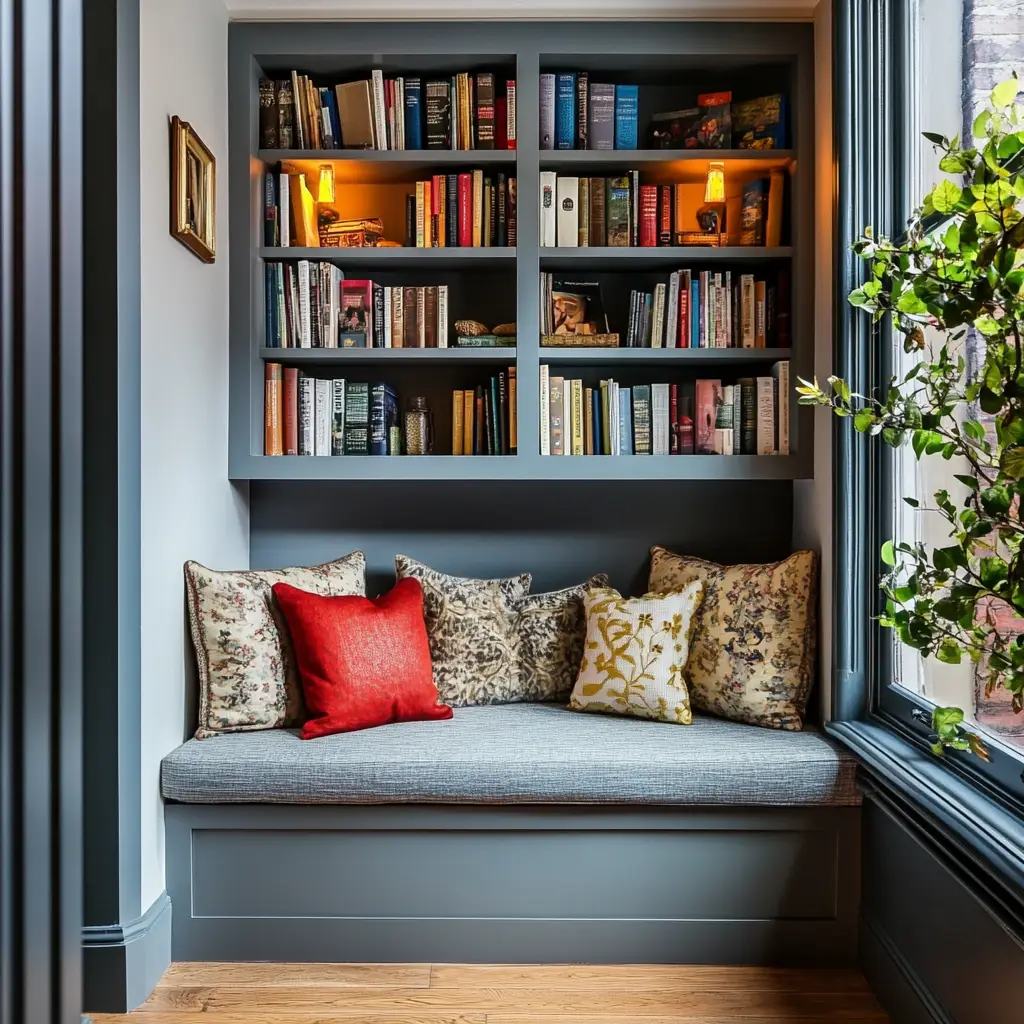
15. Create Zones with Furniture
Even in small rooms, defining zones can help the space feel organized. Use area rugs, lighting, or furniture placement to separate a reading nook, TV area, or work space. Creating a sense of layout and function makes the room feel intentional.
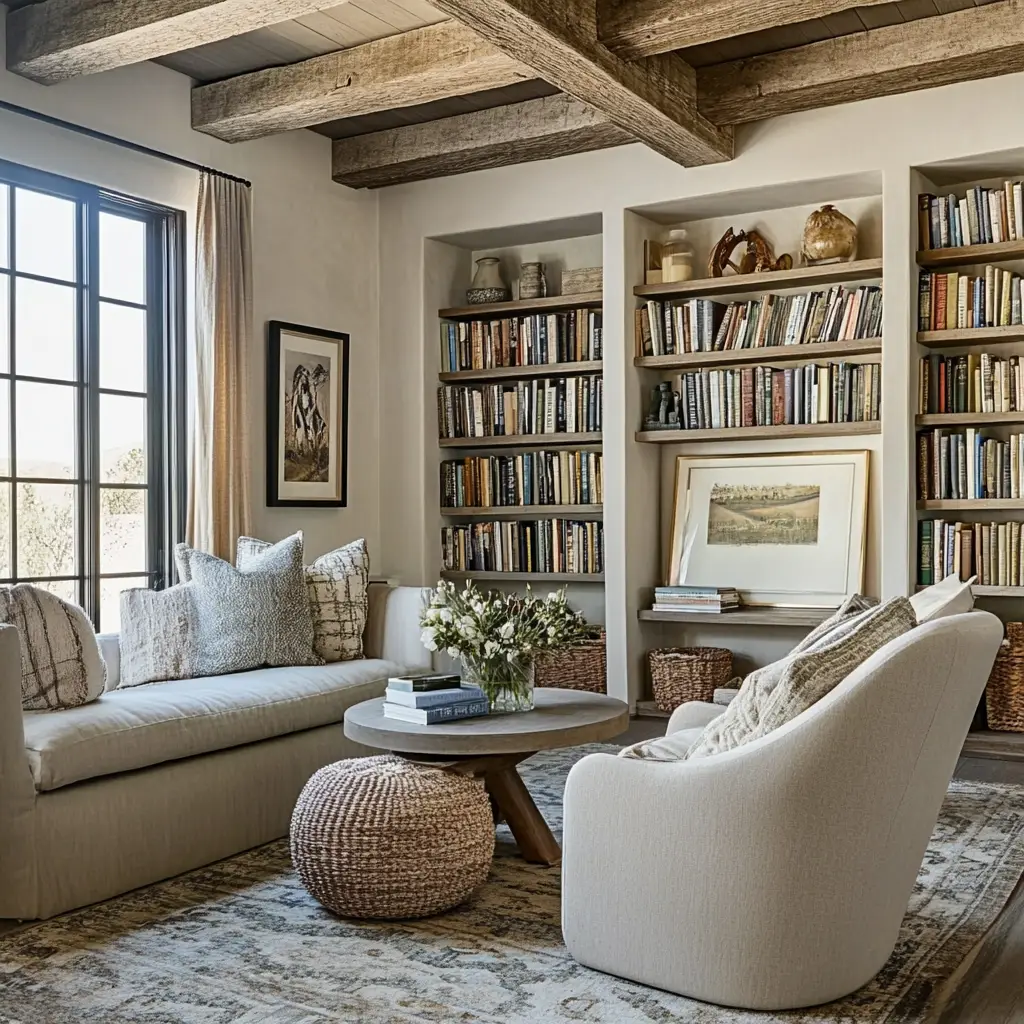
16. Layer Lighting
Relying solely on overhead lighting can make a room feel flat. Layer different light sources—like a floor lamp, table lamps, and wall sconces—to add warmth and depth. Dimmer switches can also help adjust the mood depending on the time of day.

17. Add Texture
Texture is key in a small room where color and space are limited. Incorporate different materials like soft wool throws, woven baskets, smooth ceramics, or wooden accents. These tactile elements bring comfort and interest without taking up extra room.
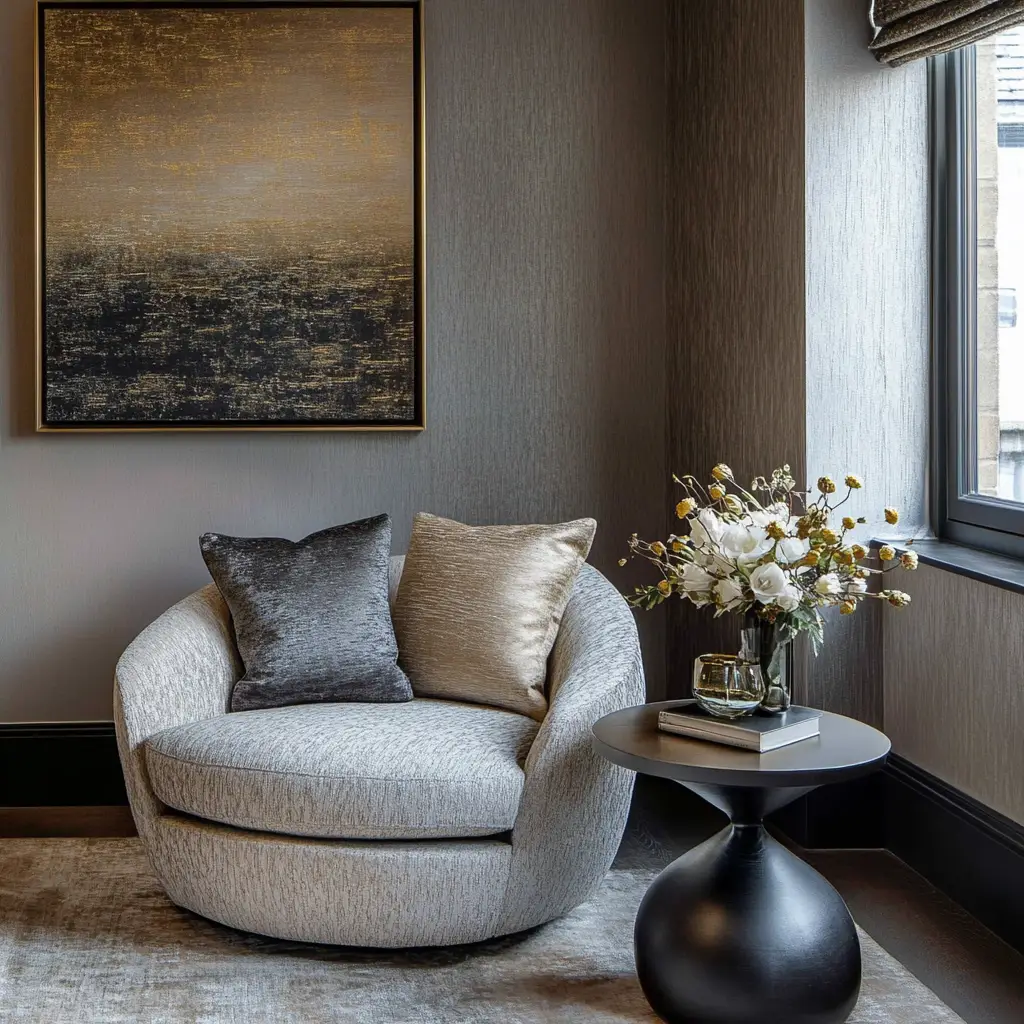
18. Make Use of Corners
Corners often go unused, but they can be perfect spots for extra seating, a corner bookshelf, or a small side table. A cozy reading chair tucked into a corner can create a charming retreat without interfering with the rest of the layout.
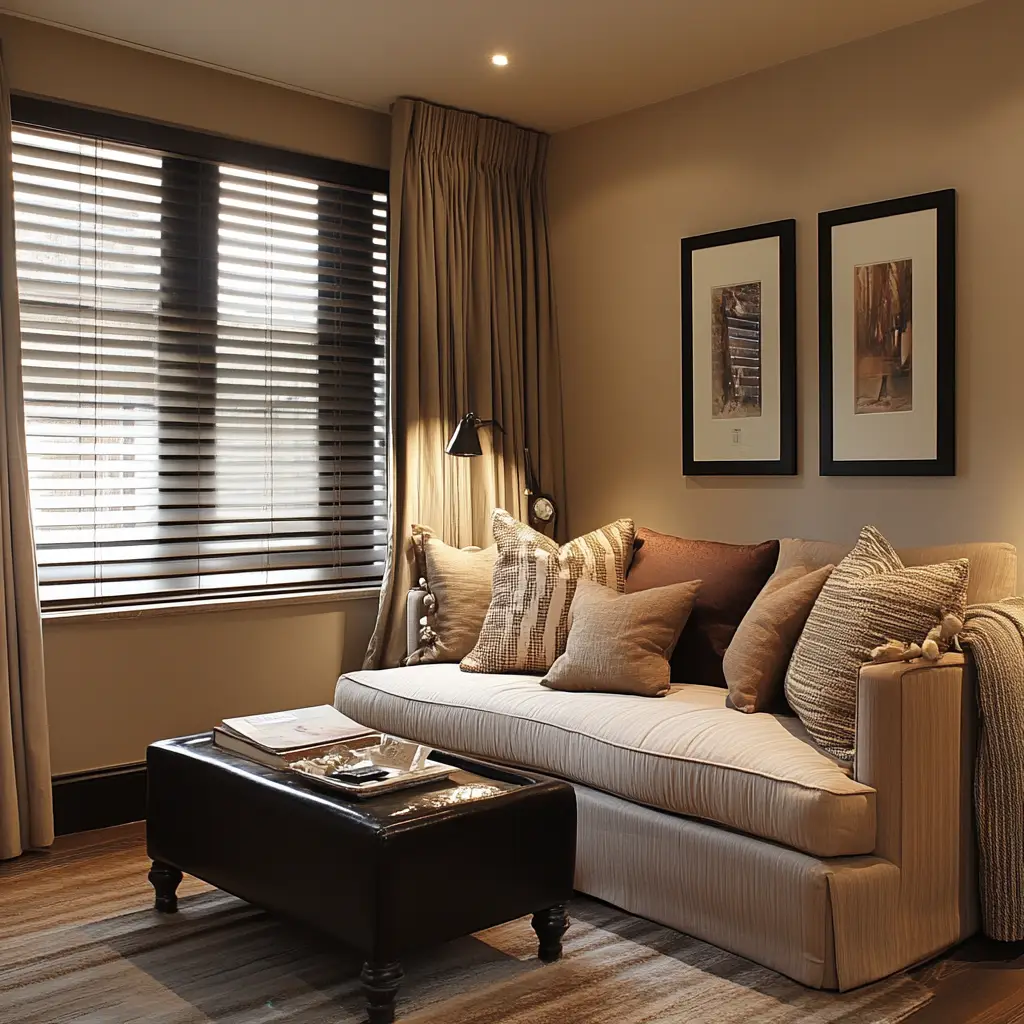
19. Choose Armless Chairs
When selecting seating, go for slim-profile or armless chairs. These take up less physical and visual space and can be easily moved around. They’re perfect for hosting guests without overwhelming the room when not in use.
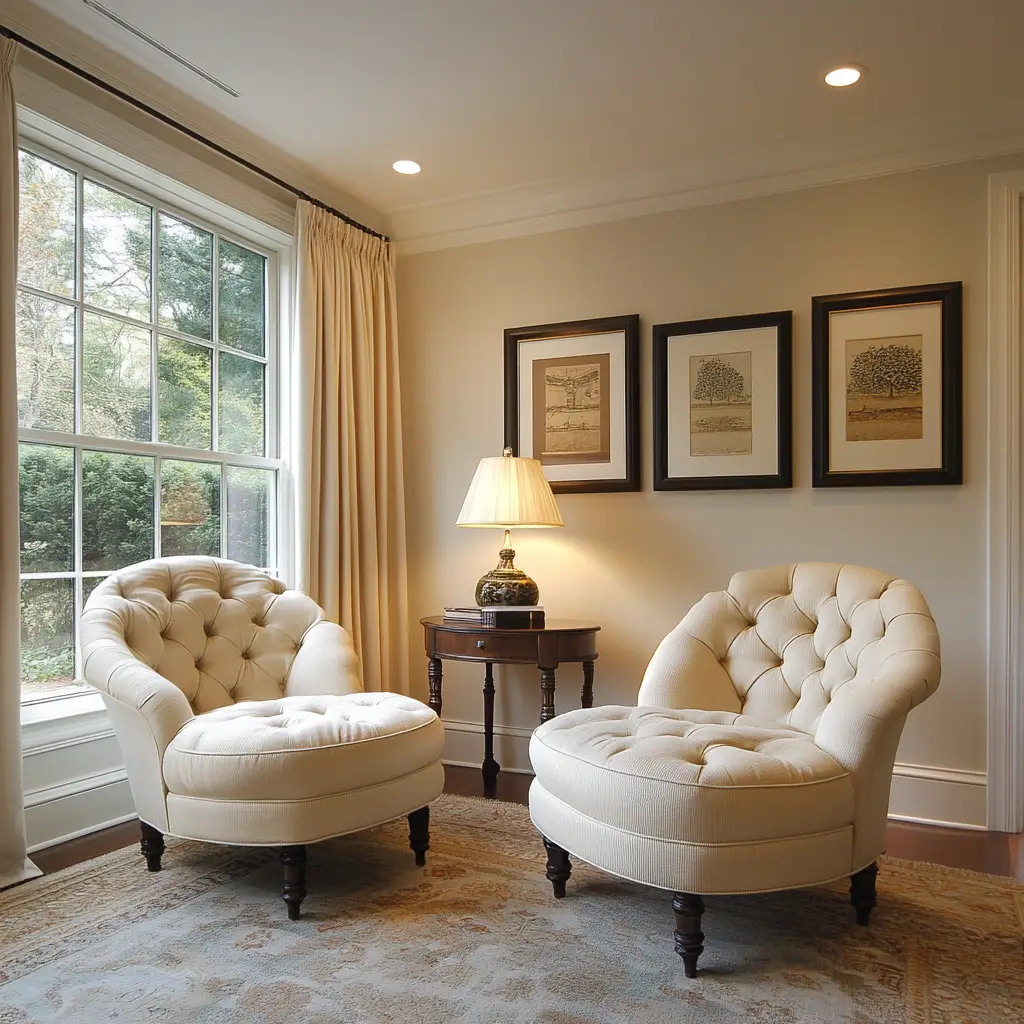
20. Hang Curtains High
To create the illusion of taller ceilings, hang curtains as close to the ceiling as possible—even if your windows are small. This trick draws the eye upward and adds a sense of grandeur to a compact room.
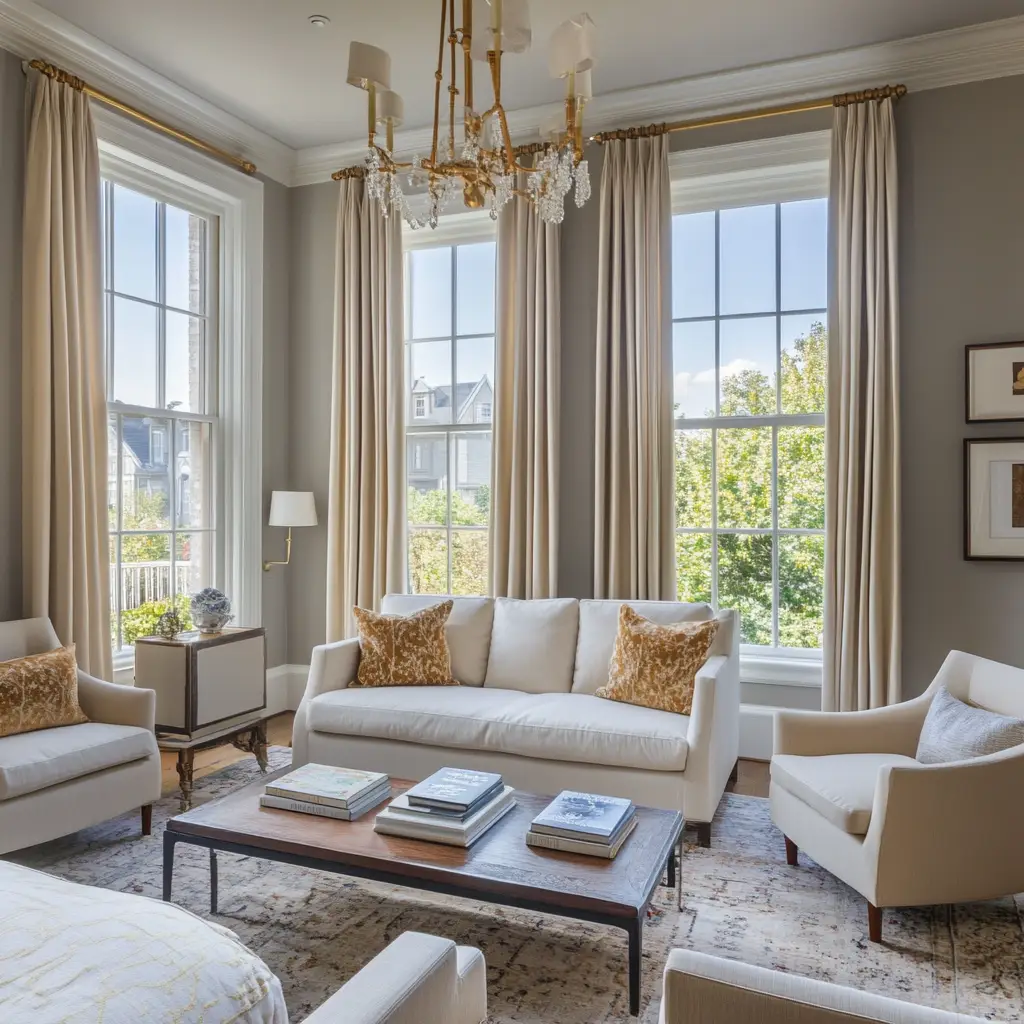
21. Use Symmetry
Symmetrical arrangements help small spaces feel organized and balanced. Try placing two matching chairs on either side of a coffee table or using identical wall sconces for even lighting. Symmetry creates a polished, intentional design.
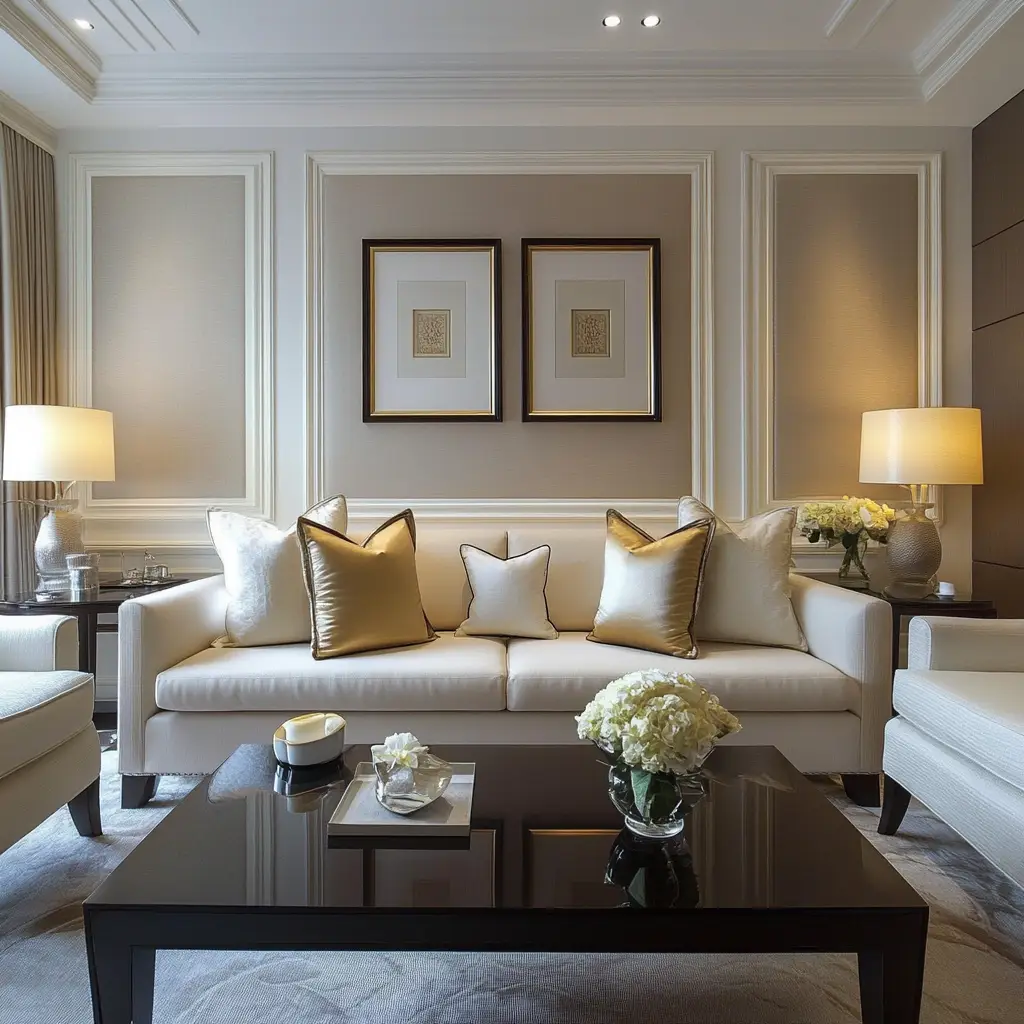
22. Opt for Sliding Doors
If your sitting room leads to another space, consider replacing a traditional swing door with a pocket or sliding door. These save on swing space and create a more open flow between rooms.
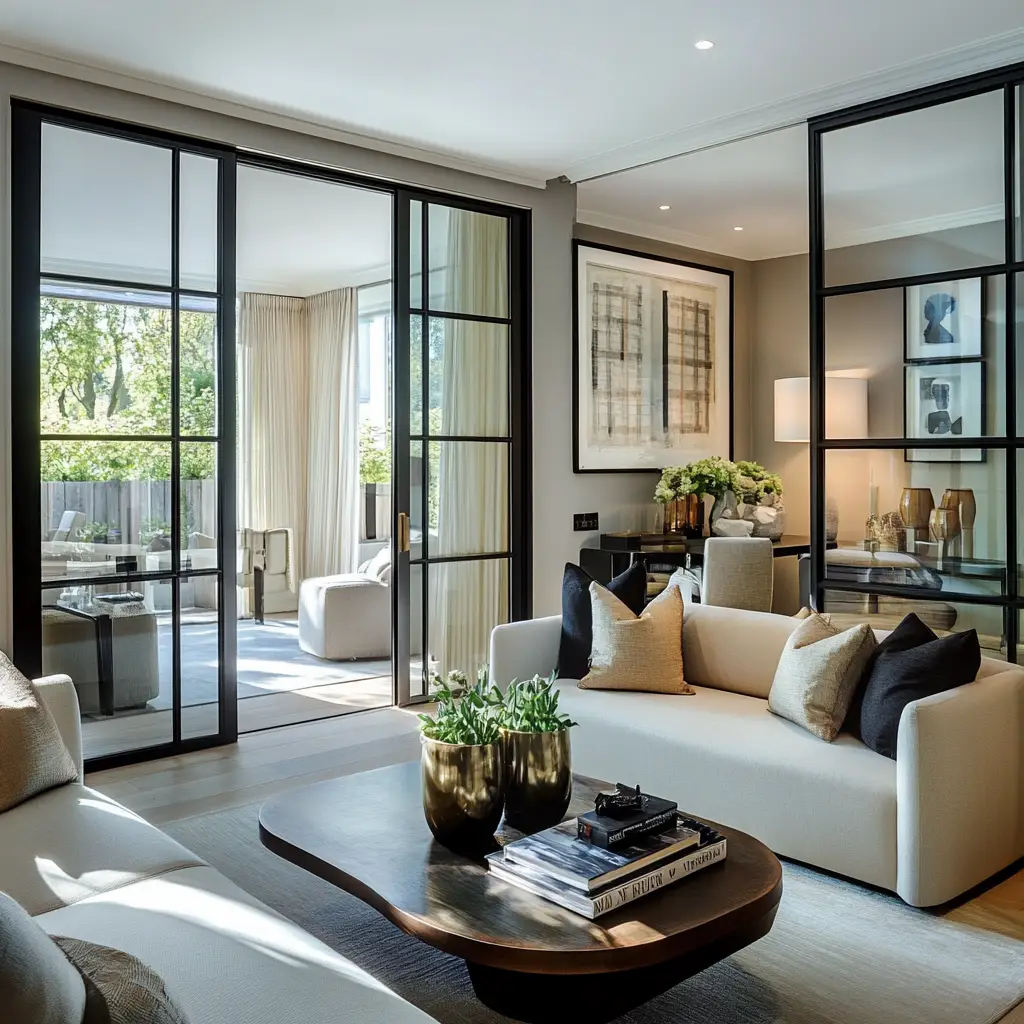
23. Try a Gallery Wall
Instead of spreading artwork throughout the room, consolidate it into a gallery wall. This draws the eye to one focal point and allows you to showcase your personality without cluttering multiple areas.
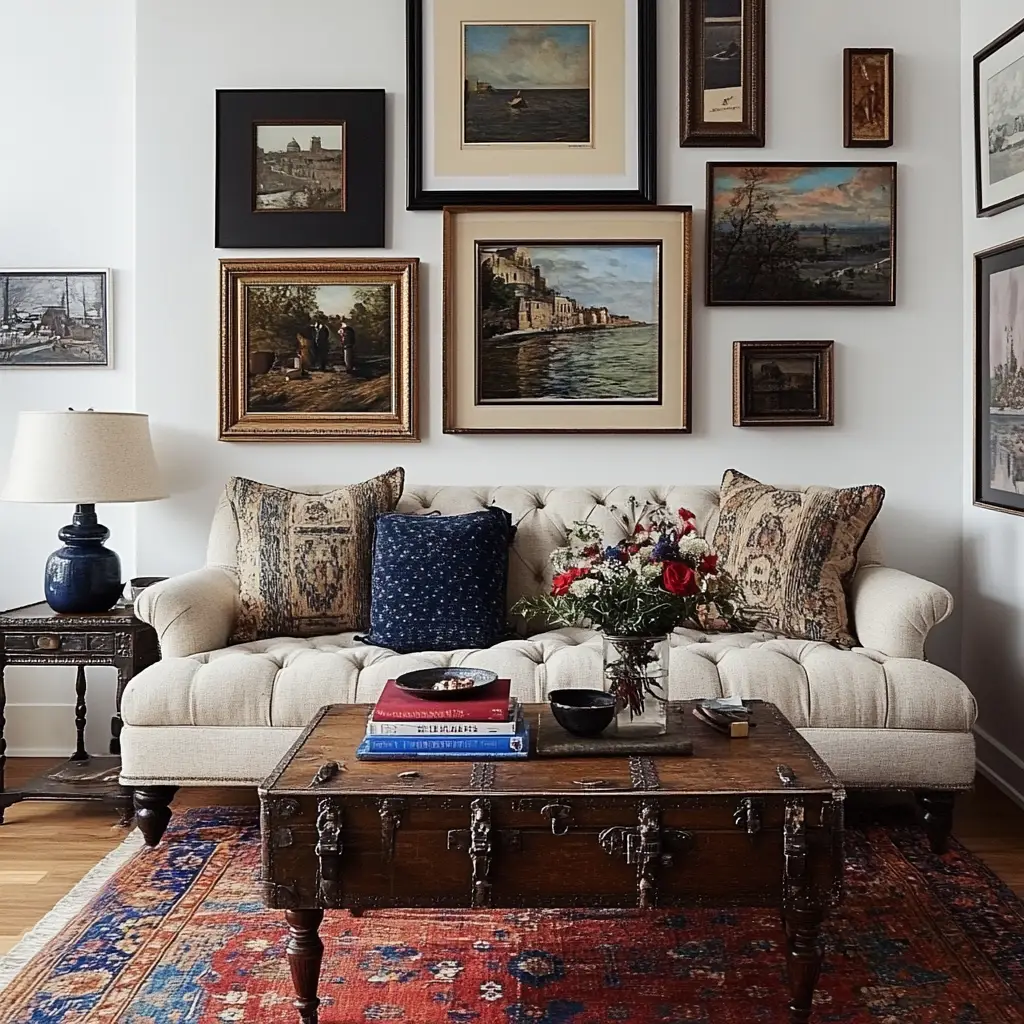
24. Use a Foldable Table
If you need a workspace or dining surface occasionally, consider a foldable or drop-leaf table. It can be tucked away when not in use, freeing up room for other activities.
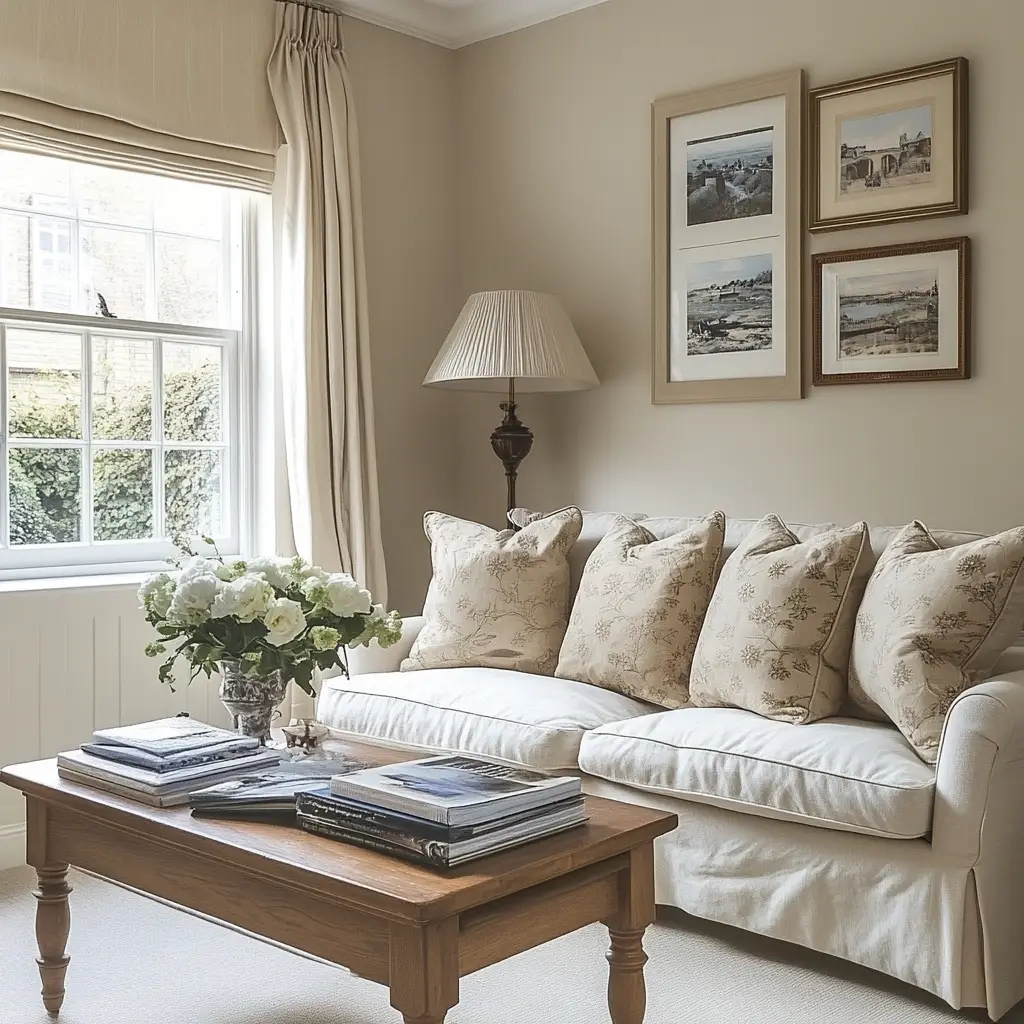
25. Keep It Clutter-Free
Above all, simplicity is your best ally in a small sitting room. Regularly declutter to keep the space feeling open and relaxed. Store essentials out of sight and display only the things that truly bring you joy.
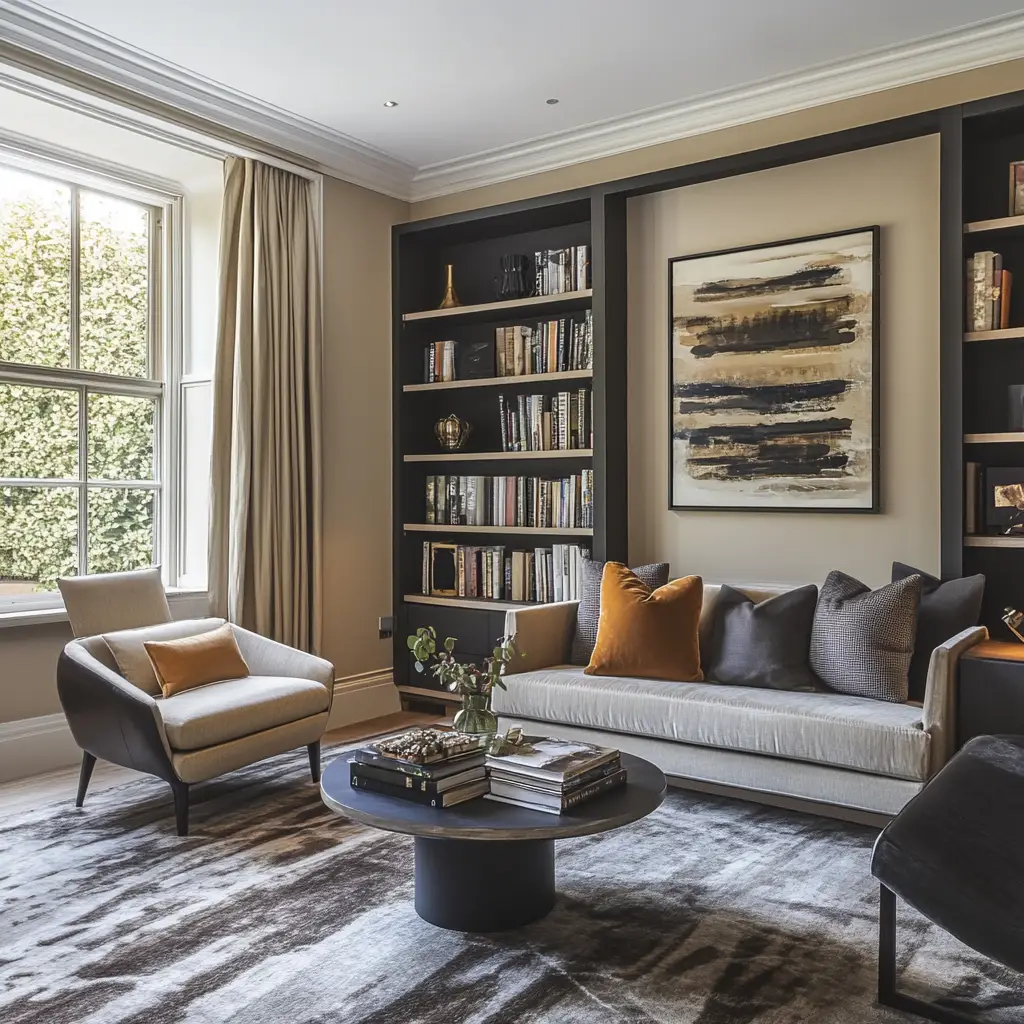
FAQs
What’s the best layout for a small sitting room?
Focus on function and flow. Position larger pieces like loveseats or media consoles along the walls, and leave clear walkways to avoid the room feeling cramped. Floating furniture a few inches from the wall can also create the illusion of more space.
How can I make a small sitting room feel luxurious?
Layering high-quality textures, using rich materials like velvet or brass, and adding thoughtful lighting can elevate a small space. Luxury isn’t about size—it’s about how the space feels and functions.
Can dark colors work in small sitting rooms?
Yes, but they should be balanced with light elements. A dark accent wall paired with lighter furniture, reflective surfaces, and proper lighting can make a dramatic but cozy statement.
Should I avoid patterns in a small room?
Not necessarily. Patterns can add personality, but use them sparingly. Opt for small or subtle patterns on cushions, rugs, or a single wall to avoid overwhelming the space.
How do I create storage without adding bulky furniture?
Use under-seat storage, wall-mounted shelves, floating units, or furniture that doubles as storage. Think vertically and creatively to keep the footprint small.
Conclusion
A small sitting room can be just as functional, stylish, and welcoming as a larger space—you simply need to be thoughtful about each design choice. With the right balance of function, texture, color, and layout, you can create a room that feels spacious, comforting, and unmistakably yours. These ideas are meant to inspire you to make the most of what you have—because in design, size is only part of the story.
